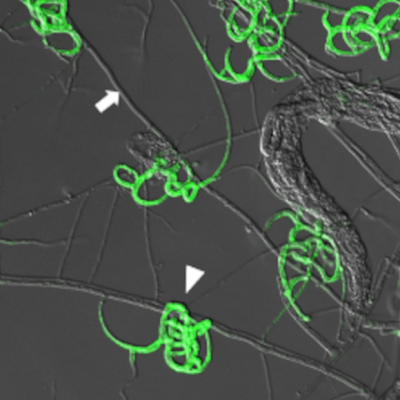In the elevated landscapes of Tibet, a jawbone—the most impeccably preserved remnant of our distant cousins, the Denisovans—has been unearthed, marking a significant expansion of their known range beyond Siberia. This remarkable fossil, dating back over 160,000 years, sheds light on the broader presence of this hominin species across the Asian continent.
Nestled 3,280 meters above sea level, Denisovans have found a new dwelling in Tibet. The EPAS1 gene variant, present in some modern Tibetans, reduces the levels of the oxygen-carrying protein hemoglobin in their blood. This adaptation, crucial for thriving in oxygen-deprived conditions at high altitudes, is believed to be a genetic contribution from the Denisovans to the Tibetan genome.
A groundbreaking study, published in the journal Nature in May 2019, delved into protein analysis of a tooth sample, marking a historic first in the identification of ancient hominids. This advancement provides hope for unraveling the mysteries of other ancient species whose fossils have not preserved DNA molecules.
The search for Denisovans continues in Asia, with archaeologist Katerina Douka from the Max Planck Institute in Germany expressing optimism, stating, “This [discovery] indicates that we’re exploring the right regions.”










